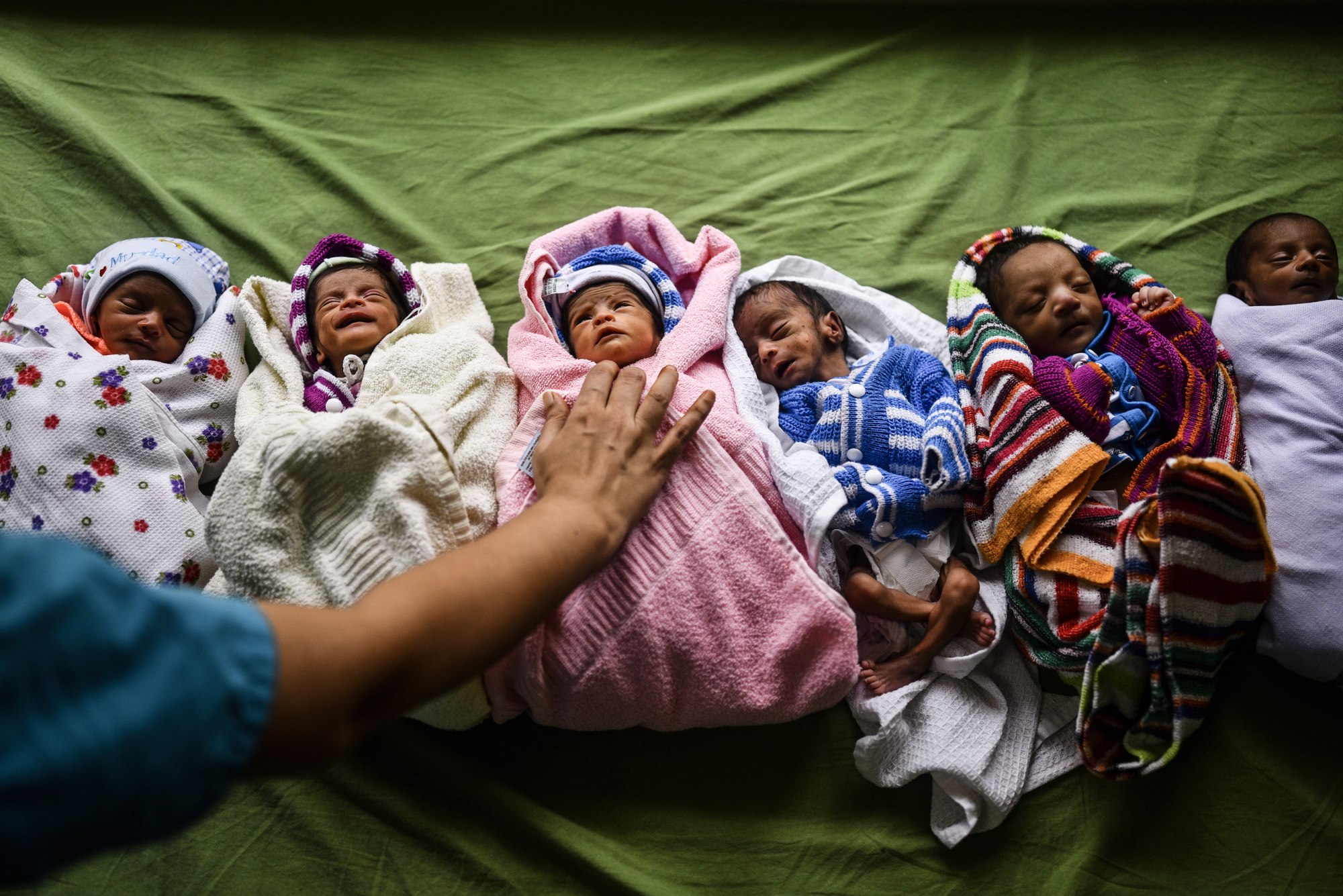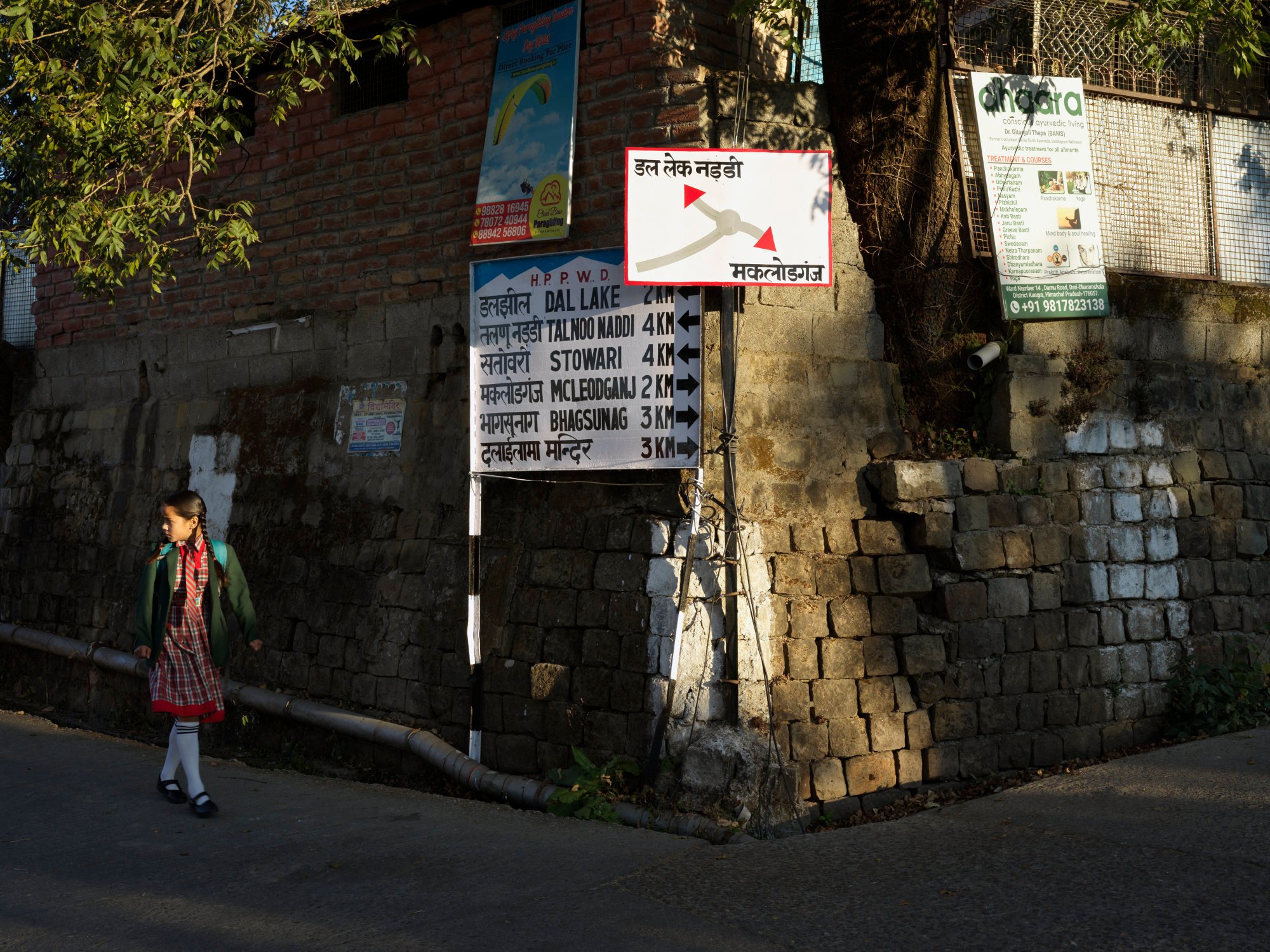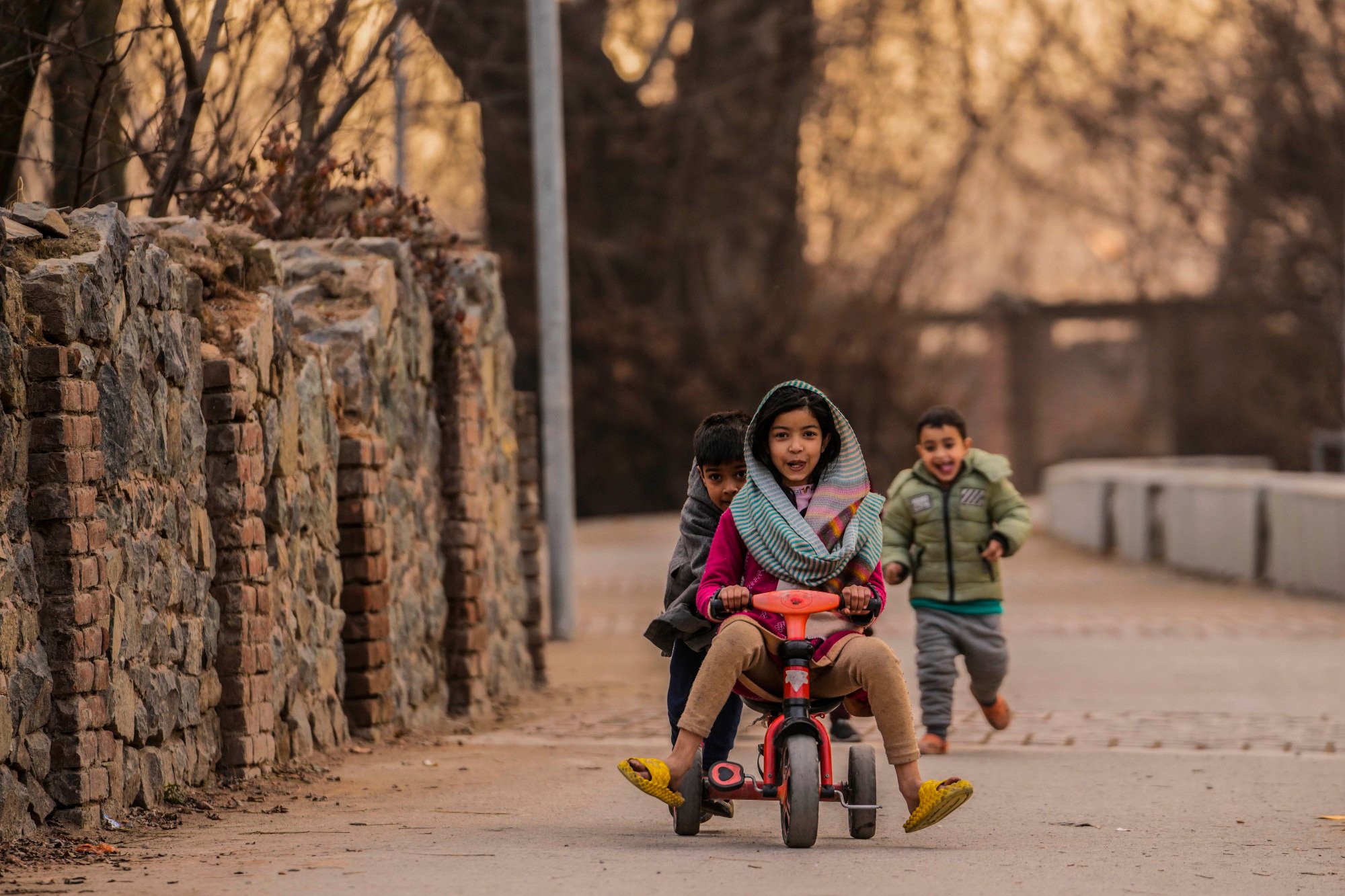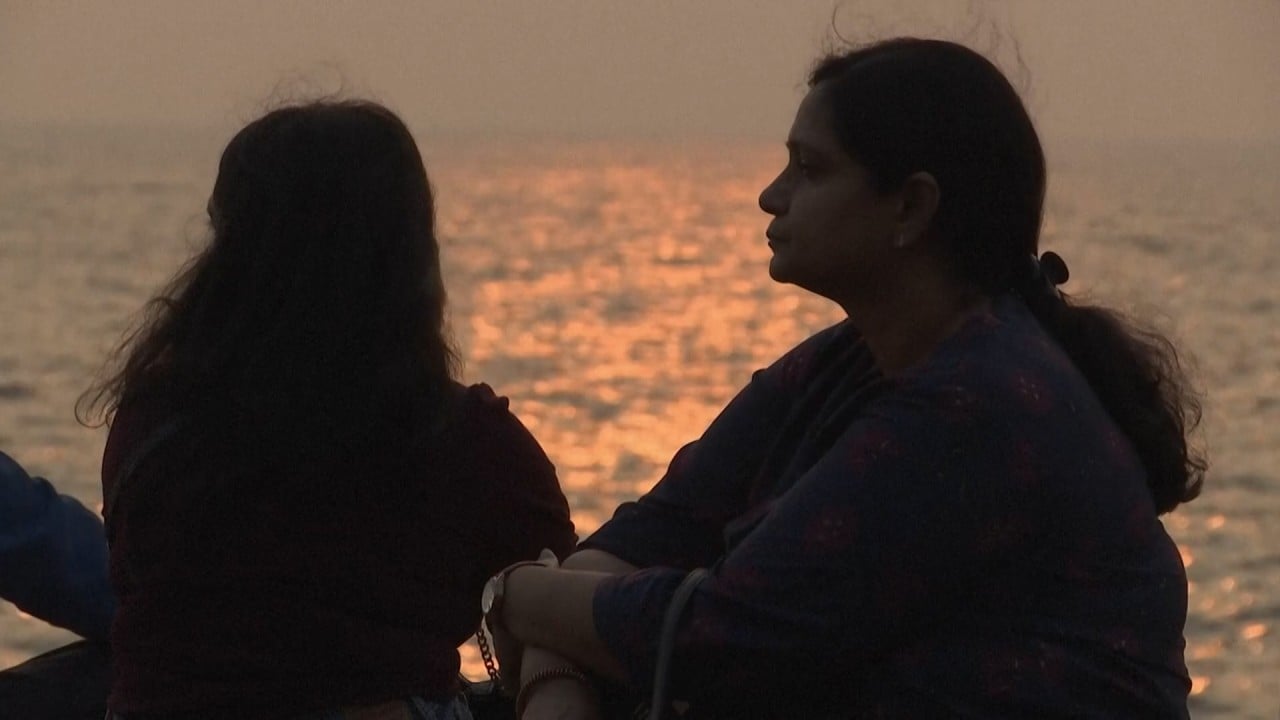India’s battle against female foeticide: a father’s crusade to close the gender gap
“There is a deeply-rooted patriarchal mindset that is still very normal in India, and many people still see girls and women as burdens,” Jaglan, 41, told This Week in Asia. “That is why families choose to get rid of girls before they are born.”
Women face violence and pressure from their husbands and in-laws if they do not bear a son, experts say. With limited levels of social security for large portions of the population, families look to their sons to provide for them in their old age.
Daughters are perceived as a drain on family resources because they will marry and go away to another family
“Parents depend on sons as the source of social security and expect sons to support them when they age or are otherwise not able to support themselves,” said Praveena Kodoth, a professor researching gender at the Centre for Development Studies in Kerala.
“Meanwhile, daughters are perceived as a drain on family resources because they will marry and go away to another family.”
There is also the financial burden of dowries – monetary ‘gifts’ a bride’s family has to give to the groom, often seen as a condition of their marriage. Despite being banned for over 60 years, the practice remains prevalent in India.
A National Family and Health Survey revealed that the national sex ratio at birth in India was 929 girls for every 1,000 boys between 2019 and 2021.

Illicit operations
In October, police in the state of Karnataka discovered a makeshift surgical facility in a jaggery factory in Mandya district that had allegedly conducted more than 900 female feticides in the past three years.
After two months of investigation, state police found that the facility was linked to Matha Hospital in the nearby district of Mysore. It reportedly charged 25,000 rupees (US$300) to perform abortions and between 5,000 and 10,000 rupees for services to detect the gender of fetuses.
At least 10 people, including two doctors, have been arrested in relation to the case thus far. Police told local news outlet Indian Express that most families were from middle-class backgrounds and had decided on abortions after prenatal sex testing.
More Muslims in India embrace family planning, with help from priests
More Muslims in India embrace family planning, with help from priests
The sex ratio in Karnataka dropped from 947 girls for every 1,000 boys last year to 929 girls this year. With the case making national headlines, the state’s health minister Dinesh Gundu Rao said the trend of sex-selective abortions was worrying.
“The government will take all necessary actions against such people. But the fact is that it is more of a social problem. Many people are reaching such illegal abortion units and getting their girl children aborted,” he said.
Abortion is legal and accessible in India up to the first 20 weeks of pregnancy.
It was the Pre-Conception and Pre-Natal Diagnostic Techniques Act, passed in 1994, that made it illegal to reveal the sex of an unborn child except for medical purposes.
“We of course still believe that abortion is a reproductive right of a woman. But the issue here is sex-selective abortions, and that can be challenging to track,” said activist Varsha Deshpande, who has been campaigning against female-foeticide in the Indian state of Maharashtra for decades.

Deshpande said uncovering “foeticide rings” required unconventional and sometimes controversial means. Her network of volunteers follows women in “decoy operations” to clinics and hospitals where doctors promote and perform abortions on the basis of sex.
“Sex-selective abortions have become rampant because of the increased availability of technology and access to medicines that have made these operations easier … and now with social media, this is advertised online and becoming popularised,” she said.
There is a misconception that this practice only happens in rural areas, she added.
“It’s also the upper-caste and middle-class families that are doing this, because on a whole, our society is male-dominated. As long as women are seen as liabilities and men as assets, these inhumane practices will continue.”
Stark gender gap
The repercussions of an unbalanced sex ratio in recent decades resulting from the widespread practice of female foeticide have become glaringly evident, according to Sanjeev Kulkarni, a gynaecologist in Karnataka who has long advocated against sex-selective abortions.
The UN Population Fund predicted in 2007 that the sex imbalance in India would lead to a shortage of 25 million women by 2030.
“As a result, we’re seeing a shortage of brides, which also has serious repercussions on society,” said Kulkarni, highlighting outcomes such as women falling prey to abduction and trafficking within the marriage black-market, alongside a surge in incidents of rape and sexual crimes targeting women.
“We need people in positions of influence and power, politicians and religious leaders, to speak up about this issue,” Kulkarni said. “Right now there is no concerted effort to make a change, they only pay lip service.”
South Asia is home to most of world’s child brides
South Asia is home to most of world’s child brides
“The Indian government has explicitly recognised the problem and made sex detection with ultrasound illegal. But it clearly has not done enough to monitor and advance progress on this matter,” said Sonia Bhalotra, a professor at the UK’s University of Warwick researching health, gender and political economy.
Change needs to come from a societal level, she added, starting from the “attitudes of children so that they grow up with different norms”.
Back in Haryana, Jaglan has made strides in his village of Bibipur to overturn its once stark gender gap.
As village head, a role he held between 2010 and 2015, Jaglan made it a requirement for families to report pregnancies in their households, and had volunteers monitor pregnant women who may be visiting clinics for prenatal sex tests. Their husbands and in-laws faced jail time if the women were found to be doing so.
“These measures felt drastic and there was of course some pushback, but it was the only way for change,” he said.

Within four years, the sex ratio in Bibipur – which was 37 girls to 63 boys – rose to 51 girls to 49 boys. Also in 2021, Haryana raised its sex ratio to 926 women for every 1,000 men, from 832 women in 2012. Jaglan now works as an activist for women’s rights, bringing similar campaigns to villages across India.
But activists say these social campaigns only go so far, and there is a need for the government to enact laws and policies against female foeticide and dowries more strictly.
“There needs to be a societal transformation, and this will require more serious efforts done by governments at a state and national level,” Jaglan said. “Until boys and girls are viewed equally, these issues will persist.”


